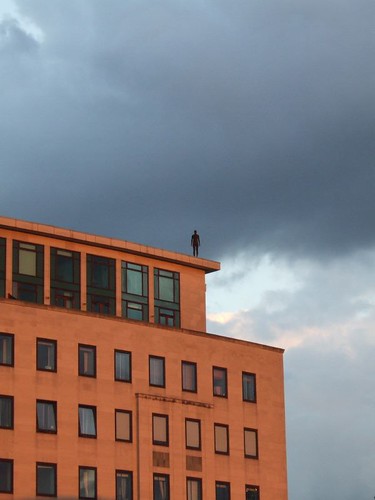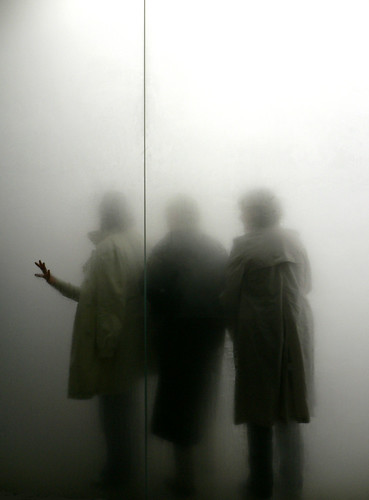I went to see Dutch Portraits: The Age of Rembrandt and Frans Hals yesterday. It was pleasantly quiet; I guess the prospect of lots and lots of paintings of men in black suits with white ruffs and little pointy beards doesn’t produce a frisson of excitement in your average Londoner.
And from that point of view, the exhibition is very much what you would expect; there are no startling surprises. There are some very good paintings though.

Whenever I go to an exhibition with a couple of named artists in the title, I tend to find myself treating it as a competition; Rembrandt vs. Frans Hals. I think it’s a very high compliment to Hals that for much of the exhibition, they’re neck and neck. It’s only when you get to the late Rembrandts that it becomes completely one-sided, but then those late Rembrandt portraits are, I think, among the finest works in the history of art. Of those I haven’t seen in the flesh before, the most remarkable is the incredible group portrait of the syndics (officials of the Draper’s Guild) which I’ve included a little section of above.
Still, I know Rembrandt’s work quite well, and several of his paintings on show here are part of the National’s permanent collection—notably the portraits of Jacob Trip and Margaretha de Geer. So for me the exhibition was more about discovering Hals, who I really only knew from the ‘Laughing Cavalier’. His most typical portraits are strikingly informal; one of the portraits has his subject leaning right back with his chair balancing on the just the back legs. That ability, to portray people looking relaxed and natural, is a good trick in itself, but he was also very good at using loosely handled paint to suggest textures: skin, of course, and almost as vital for the C17th portraitist, silk, satin, brocade, embroidery and lace. All those black clothes may have been superficially intended as a sober, modest reflection of a conservative Protestant culture, but with the lushness of the fabrics, the effect is no more humble than a little black Versace dress.

Oddly enough, for a long time, I vaguely thought that The Laughing Cavalier (which isn’t the picture above; that’s part of the wedding portrait of Isaac Massa and his wife) was a Victorian painting. Obviously it’s not of a man in Victorian dress, but I vaguely thought it was a bit of C19th pastiche. I can still sort of see that in Hals’s paintings; often the informality has a kind of theatrical quality to it—cheesiness would be unfair, but I’m hinting in that direction—which is reminiscent of C19th narrative paintings. Certainly it doesn’t surprise me to learn that his reputation was re-established in the C19th after a period of neglect; I can see he would have been to their taste. I wouldn’t want to over-stress that comparison, though, because I can’t stand Victorian painting and Hals is much better than that.
I’ve mainly talked about Rembrandt and Frans Hals, but there were also some lovely paintings by other artists, most of whose names I’ve already forgotten. These exhibitions organised around a period always serve as reminders that for every famous artist there are dozens of very very good artists whose names are familiar only to specialists. Still, painters probably get treated better than poets by posterity, because the scarcity of original paintings lends value to work even by minor artists.




